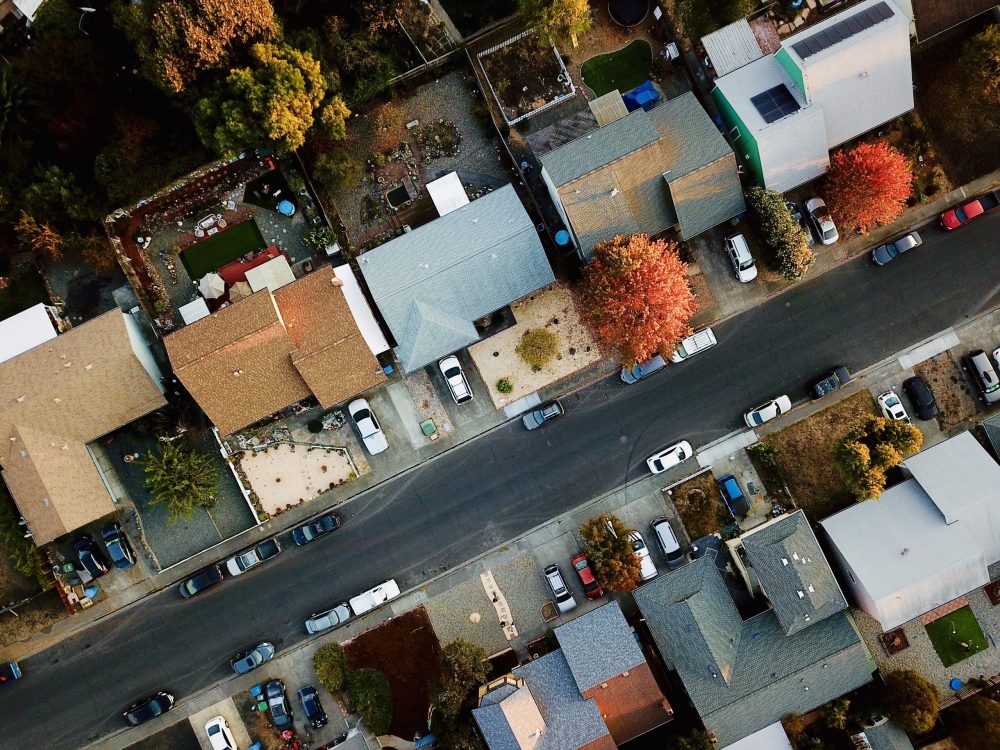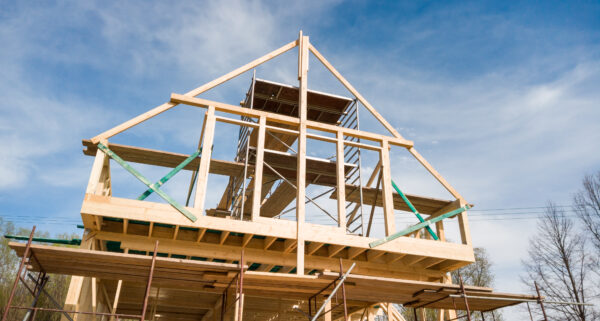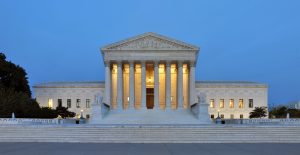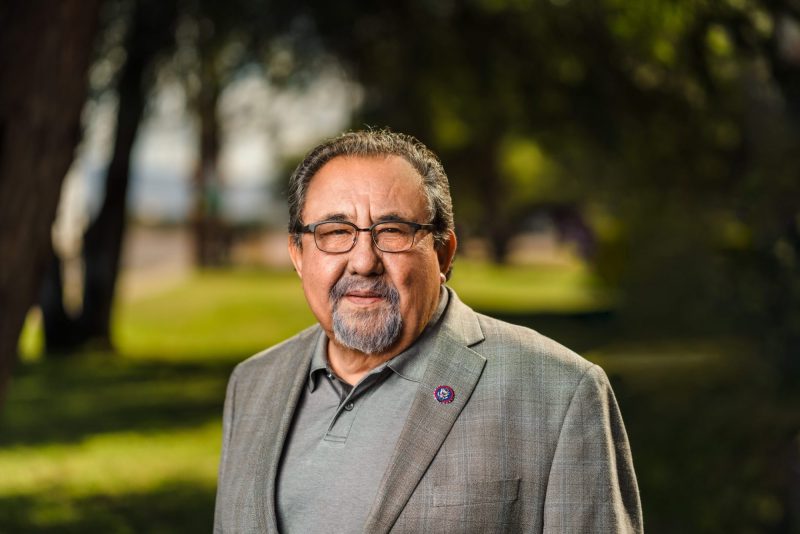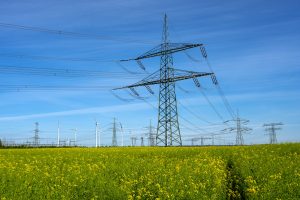By Nolan Gray | Reason
As Americans, we take comfort in the idea that we have the right to plan our own lives. We are unique in our confidence that it is within our power to move to a better life, as so many of our ancestors did. Where other countries talk about managing stagnation and even decline, we stand undaunted in our assurance that the limits of our wealth and the frontier of innovation lay well into the future. Liberated from Old World hierarchies, we Americans fancy our home a place where any person, regardless of their color, creed, or class background, can improve their lot. And if there are broader forces that threaten our way of life, so much the worse for them; progress, and the change it brings, is intrinsic to who we are.
The idea that a stodgy rule book could set the terms of our lives from on high is fundamentally at odds with our national ethos. And yet, such is the state of America under zoning. From unremarkable origins, the arbitrary lines on zoning maps across the country have come to dictate where Americans may live and work, forcing cities into a pattern of growth that is segregated and sprawling. Once the exclusive domain of local planners, concurrent crises surrounding housing costs, underwhelming economic growth, racial and economic inequality, and climate change have thrust zoning into the public consciousness.

